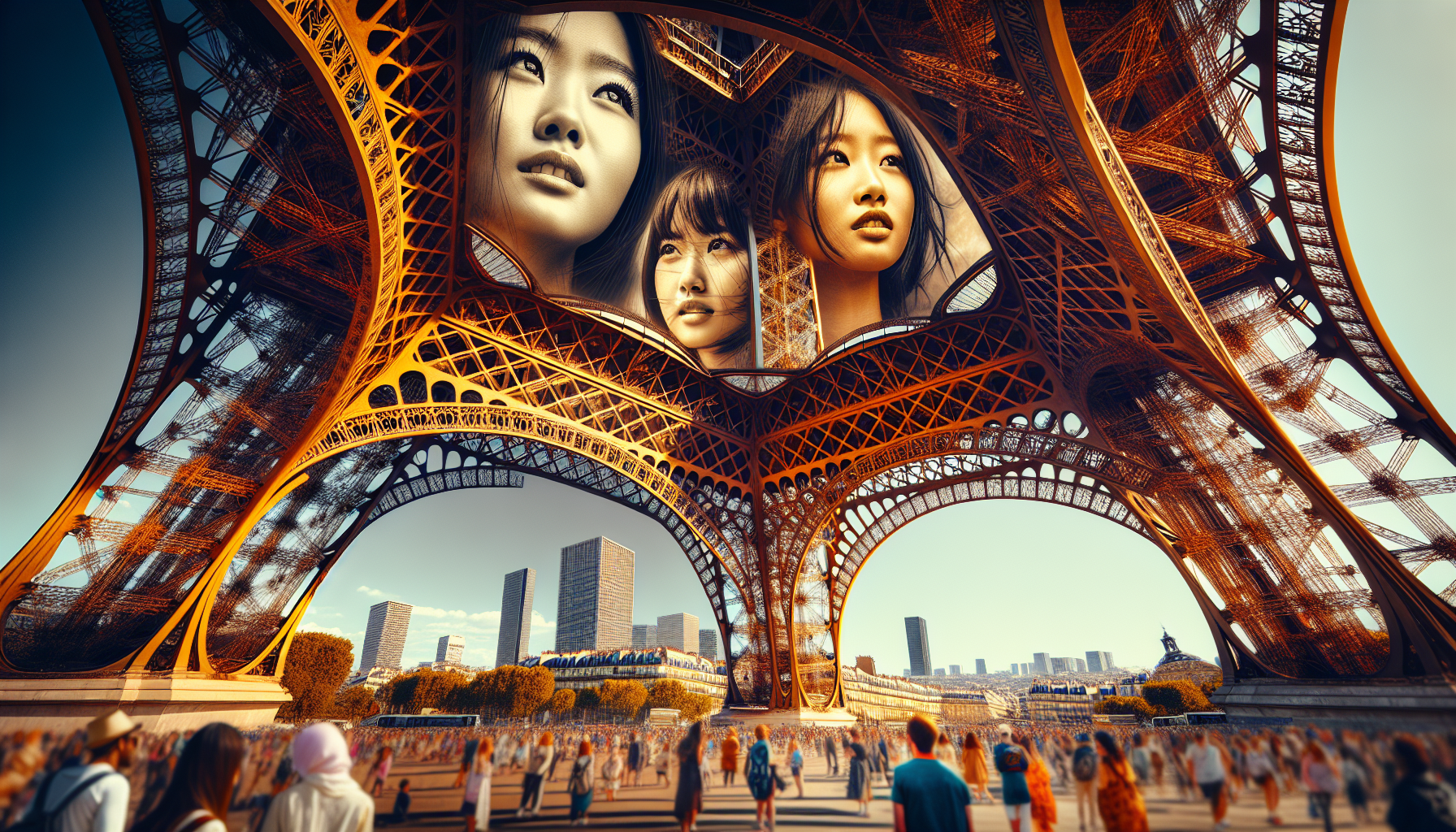
This phenomenon is not unique to the Eiffel Tower; it occurs in various metal structures around the world. However, witnessing the tower actually grow is a remarkable sight, reminding visitors of the dynamic nature of engineering and architecture. When winter arrives and temperatures drop, the metal contracts, reshaping the tower back to its original stature, essentially creating a cyclic dance of expansion and contraction with the changing seasons.
Visitors can marvel not only at the tower’s artistry and engineering but also at this unique characteristic that allows it to breathe with the weather. The seasonal changes make the Eiffel Tower an even more intriguing landmark, blending beauty with the science of material properties.
Factors Influencing The Tower’s Growth
The expansion of the Eiffel Tower during the sweltering summer months can be attributed to several factors that intertwine physics and engineering. As temperatures soar, the heat energy causes the iron that constitutes much of the structure to absorb more thermal energy, which in turn prompts the metal atoms to vibrate more vigorously. This atomic activity is central to the expansion process; the greater the heat, the more pronounced the movement and the resulting expansion.
Beyond just temperature, the intensity of the sun plays a role in how much heat the Eiffel Tower actually retains. When basking in the direct sunlight for extended periods, certain parts of the tower can heat up more than others, leading to uneven expansion. The structure’s intricate design, featuring numerous beams and supports, all react to heat differently based on their size and exposure, creating varied expansion rates across the tower.
The orientation of the Eiffel Tower also influences how it interacts with seasonal changes. With its tall, slender profile, the structure captures wind and sunlight in distinct ways, contributing further to its dynamic growth. Wind patterns can have a cooling effect on specific areas, while direct sun exposure heats others, creating a fascinating ballet of thermal effects that contribute to the overall expansion process.
Moreover, periods of heavy rainfall can have a counteracting effect. The moisture cools the metal temporarily, leading to contraction, which might mitigate some of the effects of the preceding heat. This relationship between the elements adds yet another layer of complexity to the way the Eiffel Tower responds to changing seasons.
Ultimately, the interplay between heat, sunlight, and weather conditions generates an ongoing cycle of expansion and contraction, tying the iconic structure intimately to the whims of nature. Each summer, as the Eiffel Tower stretches upward, it engenders not just awe but also a profound appreciation for the engineering marvel that maintains its grace through the rigors of climate change.

